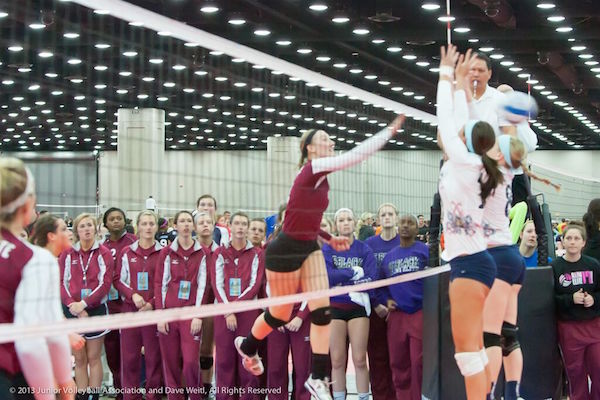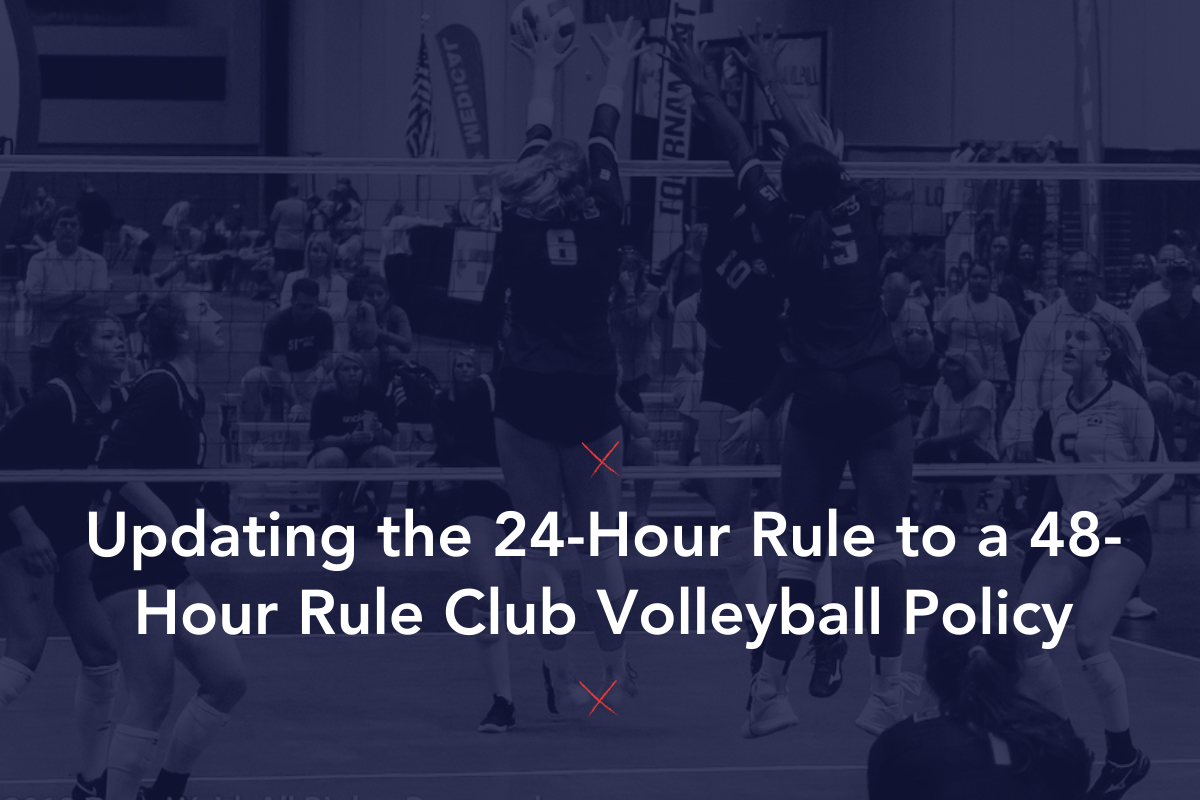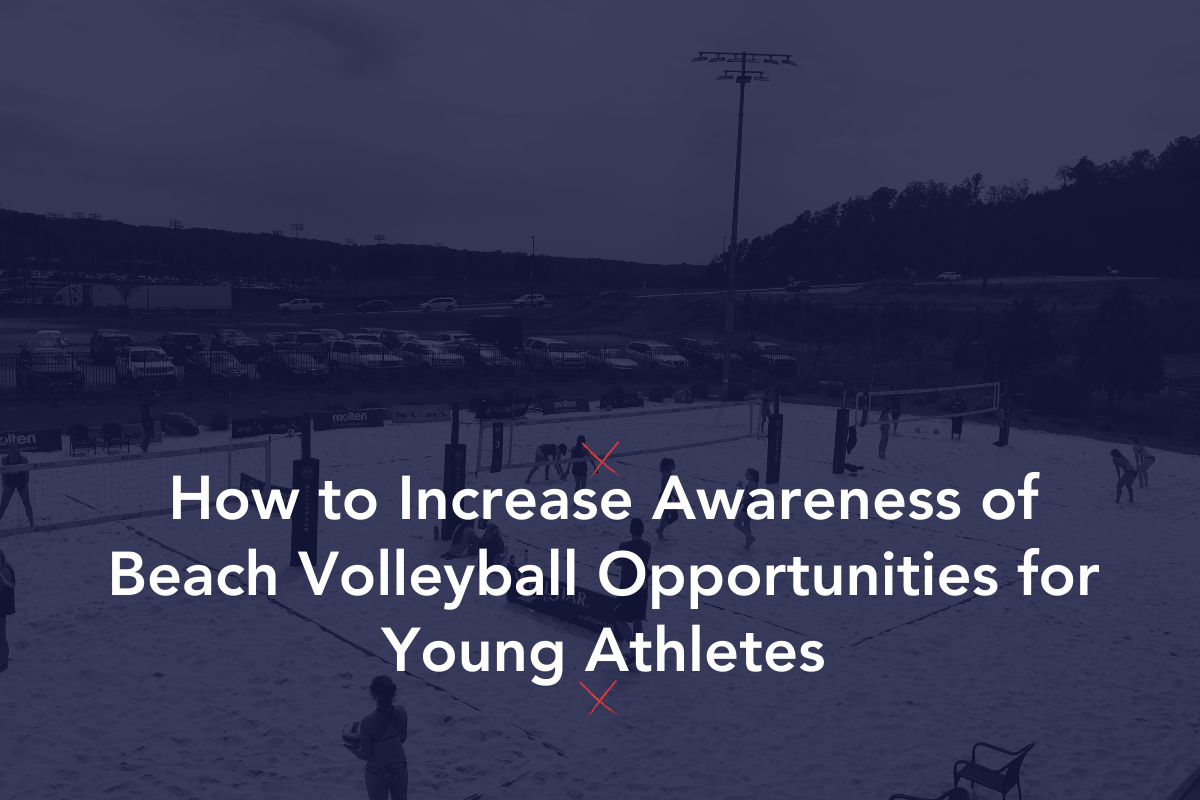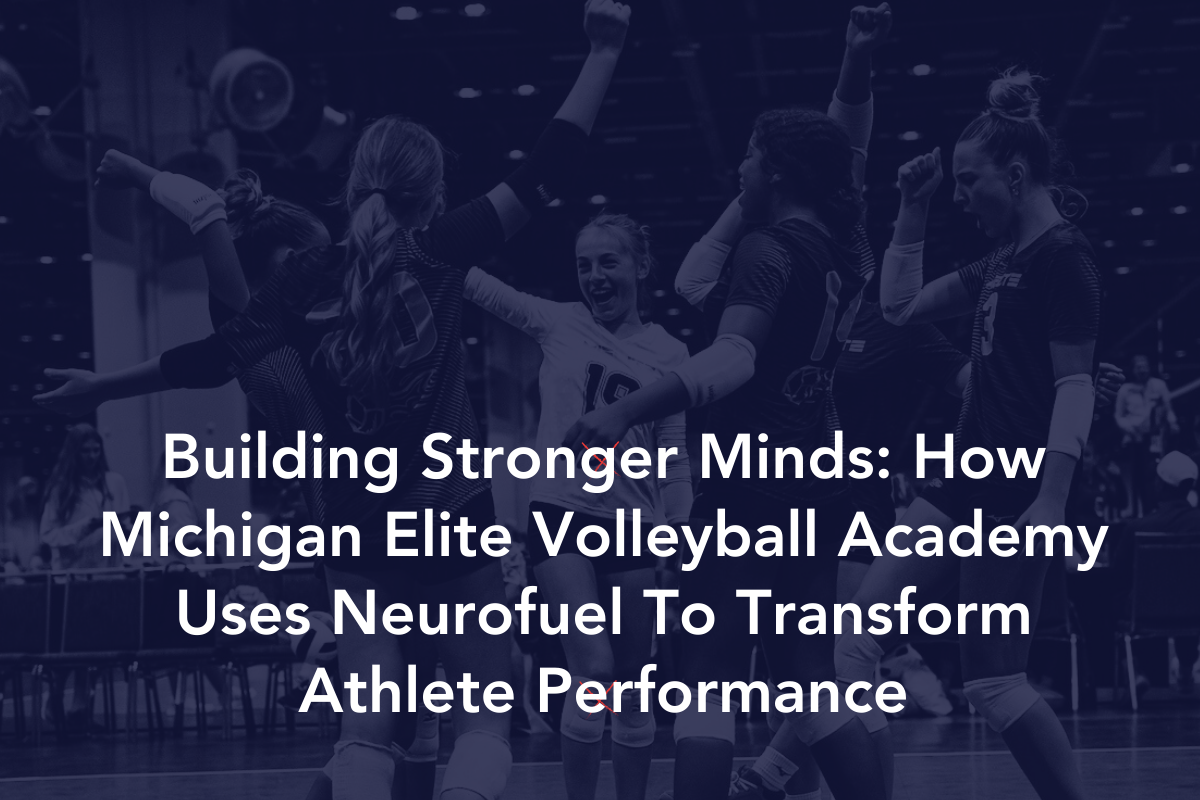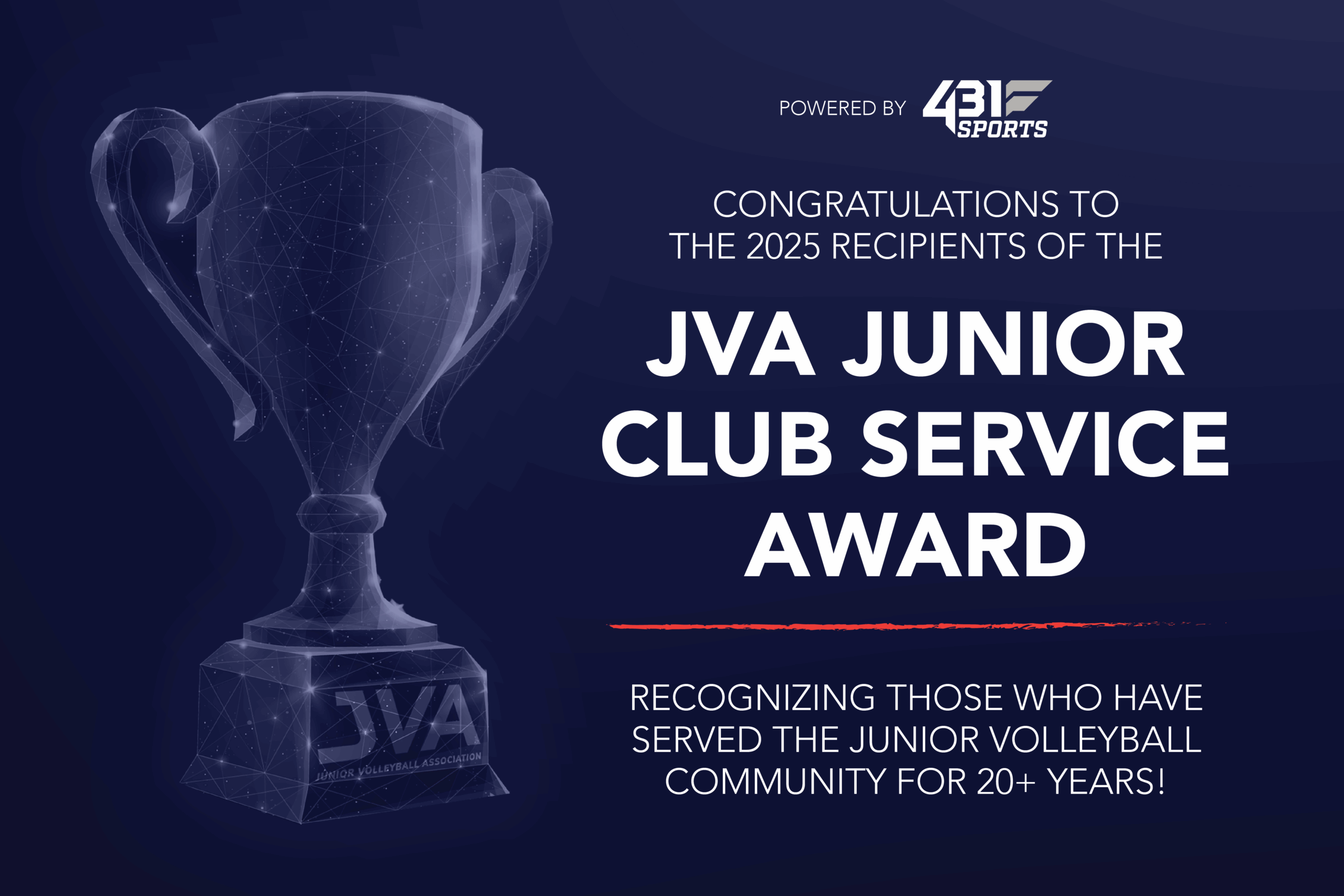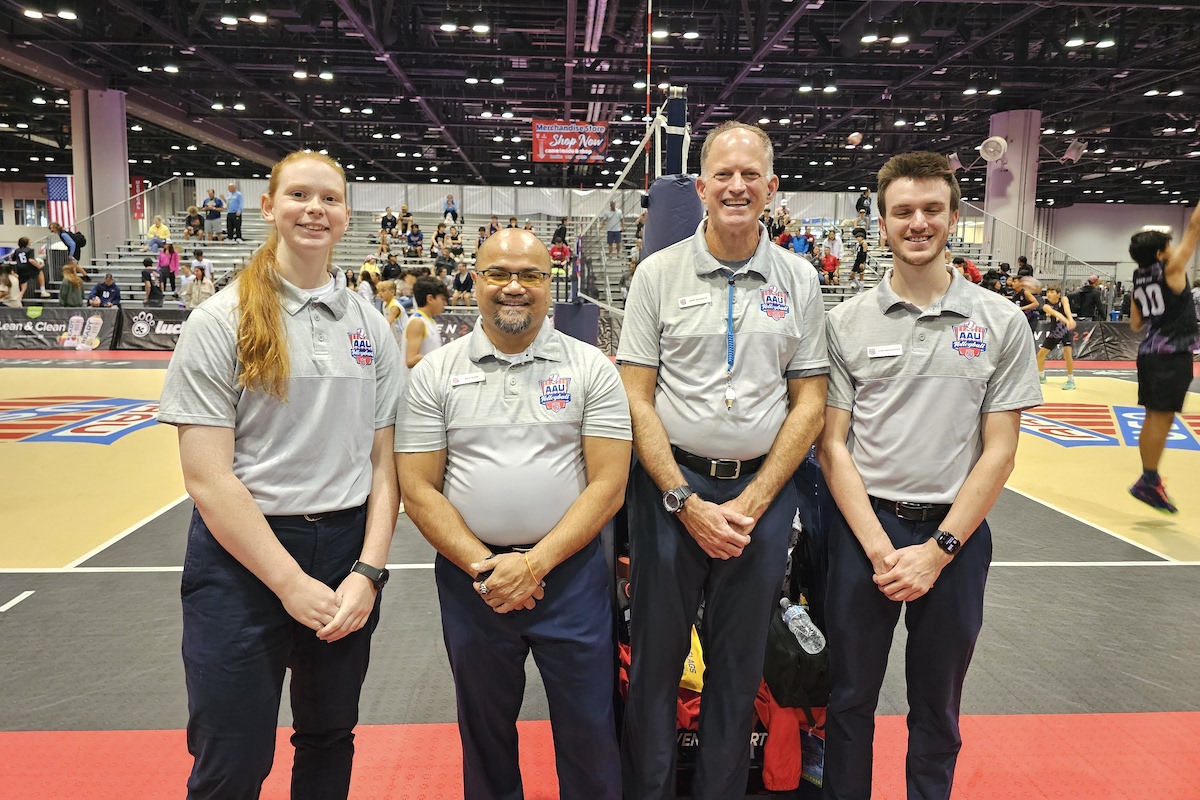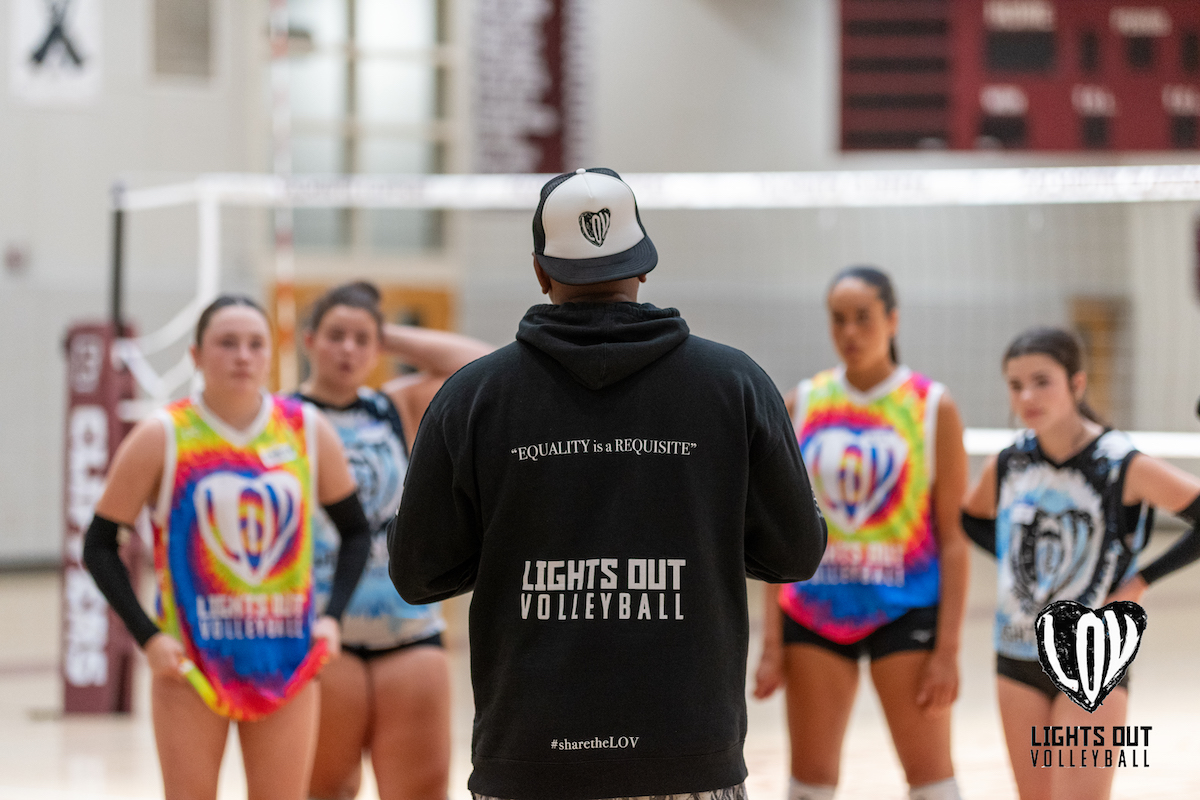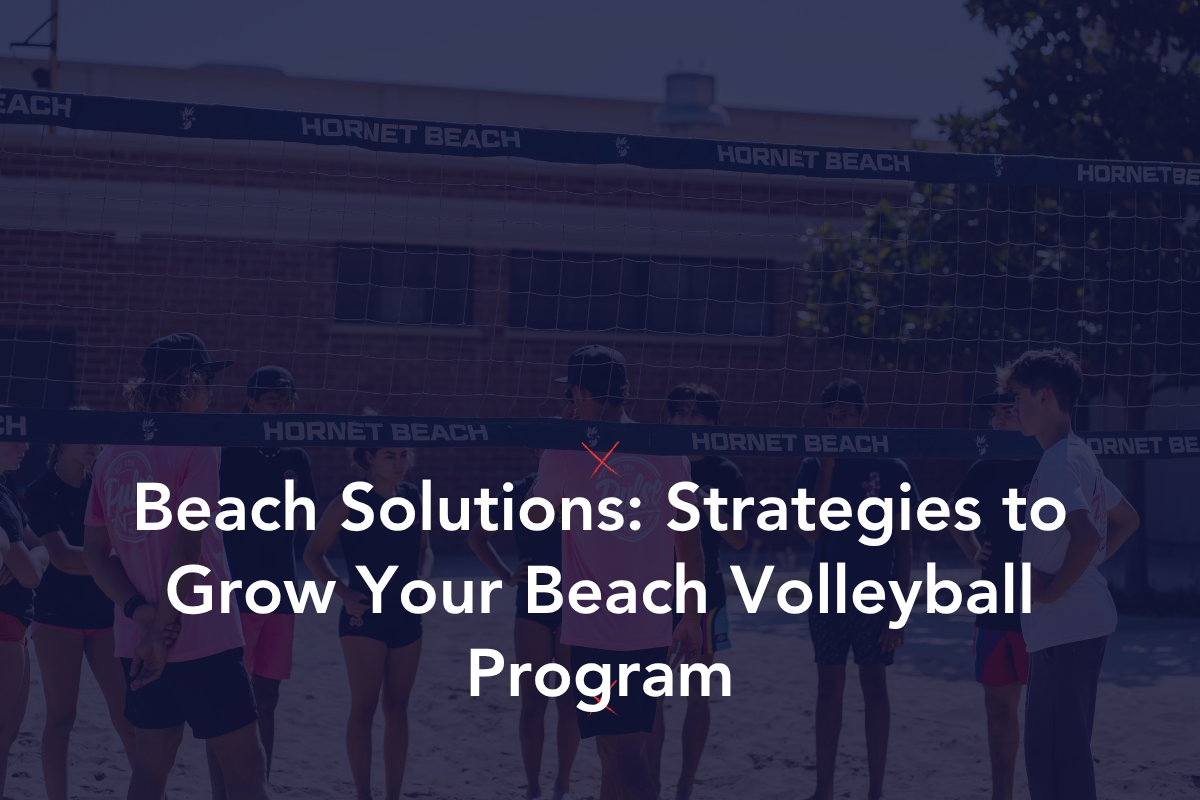Back in the day, when I was a young, handsome Division I volleyball head coach, I would receive hundreds of emails a week from recruits. Unfortunately, a significant percentage of these emails were from players who did not have the ability to make my team better. It is important for high school players wanting to play at the collegiate level to have realistic expectations of what level they can play. Only one percent of high school volleyball players will go on to play NCAA Division I college volleyball. If a player does not have realistic expectations the recruiting process might pass by and the student athlete could miss out on a chance to find the right fit.
Recruiting is the most important item on a college coach’s job description. It directly impacts the success of the team, ultimately affecting whether or not a college coach’s job is secure. At the end of the day, recruiting translates into wins and losses. Successful recruiting can mean a winning season and the opportunity for a college coach to earn a raise and move on to an even better job. When a college team has a bad season, it many times is the result of 1 of 2 things: injuries or poor recruiting.
If a college coach believes that a student ahtlete can make the college program better, then the player will land a spot on that program’s recruiting list.
A key to families successfully navigating through the recruiting process is having realistic expectations of where the student athlete is capable of playing, and then reaching out to the coaches at the appropriate level(s). If a player does not have Pac-12 ability, then that player should not be contacting Pac-12 schools and assuming those coaches will be interested. A volleyball player is capable of playing in Divisions lower than his/her ability, however this is not the case for playing in a division higher than the student athlete’s ability. If a player is good enough to play at Nebraska, then, assuming that player meets academic requirements, the student athlete is good enough to play at any college volleyball division or school in the country. But a mid level NAIA player would not realistically be recruited to play up at the NCAA Division I level.
Steps to Forming Realistic Expectations in the Recruiting Process:
- Have a realistic talk with your Club Director – Make sure you express that this feedback will not hurt your feelings.
- Evaluate the response or lack of response to the college coach outreach and response from club tournaments. If the student athlete is getting responses from NCAA DII programs, but has reached out to DI programs and not received any response, then DII is probably the appropriate level to target.
- Watch college volleyball live. As simple as this may sound, it is the most effective way to “see” the level of play and compare whether or not the high school student athlete is capable of playing at that level. Does the high school player’s skill level or athletic ability resemble the college freshmen on the court? Attend a variety of matches in person to see what is physically required at that level.
- Get evaluated by a third party that does not have any emotional connection to the high school student athlete. Mom, dad, relatives and even the high school coach will have a biased opinion of the student athlete because there is an emotional connection. Get an opinion, or several opinions from individuals with years of experience in college volleyball and the recruiting process. Click here for information on getting evaluated by NCSA.
While it is the American way to reach for the stars, volleyball families will have a difficult time navigating through the recruiting process without realistic expectations. Hopefully this article helps your family have a better idea of how to develop realistic expecations for the college volleyball recruiting process so that you can use your time wisely and decrease the stress level that comes with managing the recruiting process. The goal should not only be to play volleyball at the collegiate level, but to find the best fit where the student athlete can thrive both athletically and academically. Having realistic expectations about the athlete’s collegiate potential will help families get one step closer to that goal.
For more education on the volleyball recruiting process click HERE. For related reading on the volleyball recruiting process click HERE.
About the Author
Matt Sonnichsen is the Director of Volleyball and National Speaker for NCSA Athletic Recruiting. Matt has over 20 years of experience coaching volleyball at the collegiate level.



